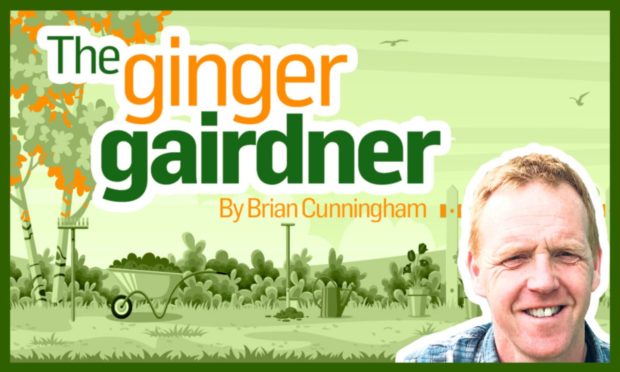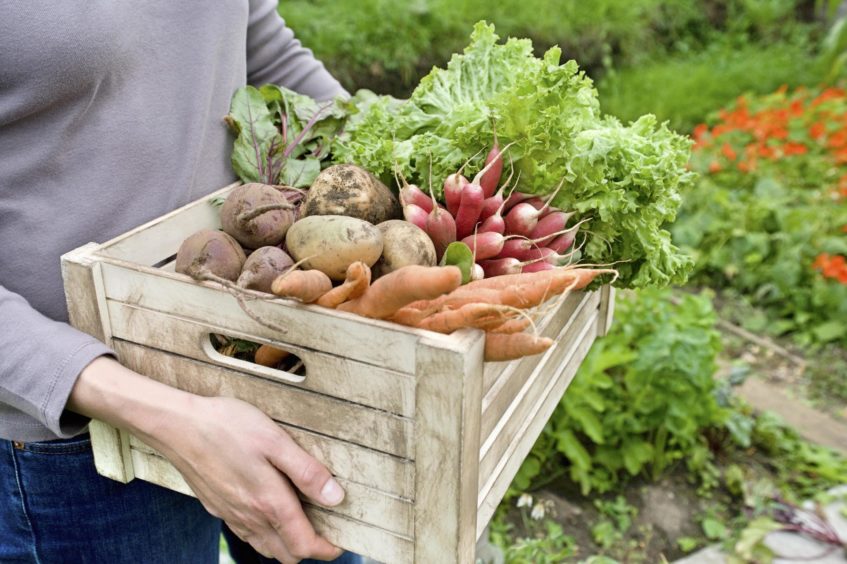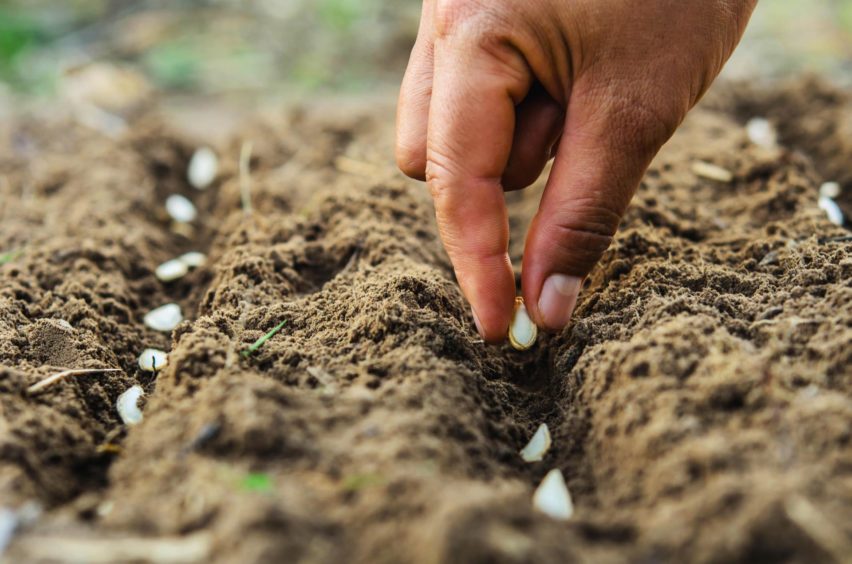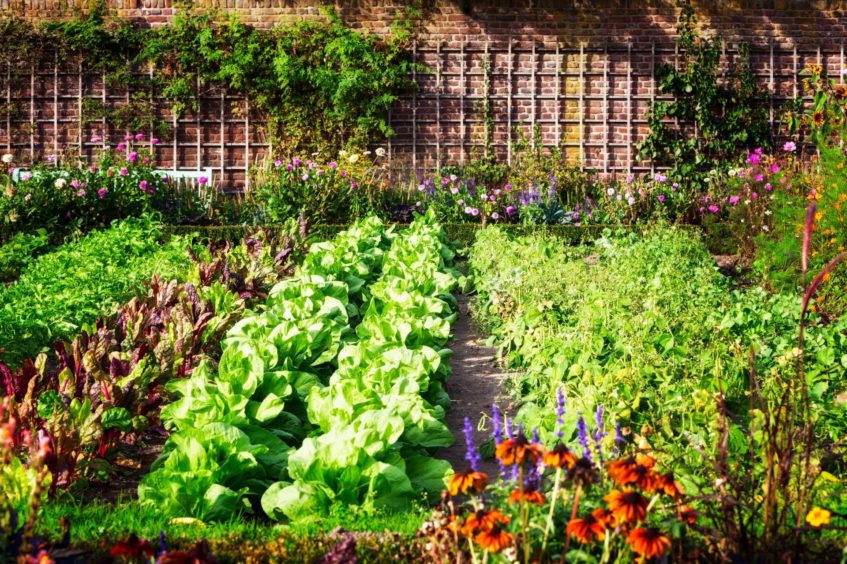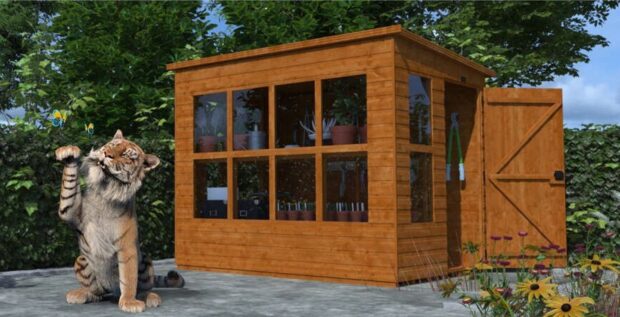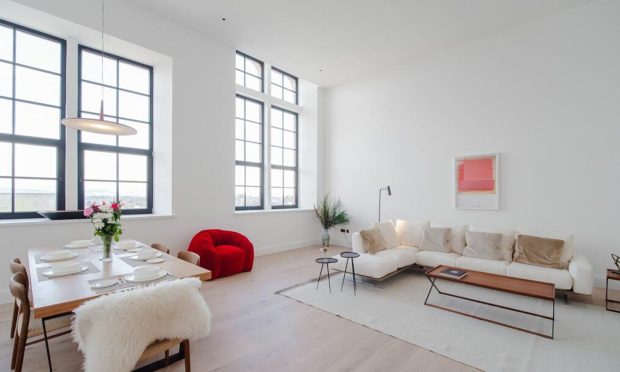This year I’m going to be growing more veg for me and family in my own garden at home.
I’ve been wanting to really go for it for a few years now but a combination of work plus my wife and I very much moving into the ‘taxi’ service stage of parenting, life has just got it in the way.
If there is a positive to be taken from the current situation is that the pace of life has slowed down – actually it’s as good as stopped – but this has allowed us the opportunity to spend more quality time with our friends and families in our households and bubbles, those of us with gardens the opportunity to spend more time out in them.
As a society we are also becoming more and more aware the impact our way of living is having on the environment none more so than our weans where my son has now chosen to become vegetarian.
Personally I can’t fully commit myself to this but his decision has seen us as a family eating more of a plant based diet. What I can do to support him is growing more of our own, providing us with fresher fruit and veg to eat and doing so more sustainably without the use of chemicals, lessening our reliance on imported veg from around the globe.
I’m going to adopt the ‘no-dig’ method of growing. It’s principles of adding composts annually on the surface of the soil to feed it rather than the method of digging them in causing damage to the structure of the soil and all the beneficial organisms within, just make more sense to me.
And of course not spending the hours ‘working’ the soil used on the traditional method of veg growing allows me more time well, to be my kids chauffeur.
I’m converting an existing flower border in my garden into our new veg plot, expanding its size slightly so to make three 1.2m/4ft wide beds with a 45cm path in between them.
The length of them is up to you depending how much room you have to grow with- mine are approximately 4m/ 13ft long.
It’s the width that is the most important thing here, with this size you are able to reach the middle of bed from both sides without having to step on the soil. Constantly treading on soil causes it to squash together becoming compacted, squeezing out oxygen necessary for healthy roots and creating a solid skin on the surface which prevents water from flowing freely through it.
In this ‘no-dig’ method of veg growing we’re wanting our beds to have a depth of 15cm/6 inches.
The first step to do this is by creating the path skimming off the surface but keeping this good soil by spreading evenly on the beds either side.
The rest will be made up with a well mixed concoction of what I can get my hands on really- my own compost made up from all my garden waste, leaf mould, farmyard manure which you can purchase bagged from your local garden centre if you are not fortunate to be friends with a farmer, and also some bags of peat free compost.
A very light tread to gentle firm up this new bed is required, ideally using the likes of a scaffold plank placed on the surface before a final top-up to ensure the required depth.
Already I’m getting excited at the quality produce I am going to be able to grow in this nutrient rich, healthy, moisture retentive yet at the same time, free draining medium.
A similar result can be achieved by building a 4-sided wooden frame or indeed challenging your inner creative talents using any materials you can source, just remember the key dimensions are the width and depth.
The extension I’m making to my border means eating into a section of the lawn but I don’t need to go to the effort of cutting and lifting the turf.
Some good advice
Charles Dowding who has championed this method of organic gardening for many years, writing excellent books with more detail and giving instruction on this through social media, has already concluded through his work that we can simply construct our beds straight on to the top of grass, the 15cm/6inches of compost being enough depth to stop the grass from growing through.
I’m viewing this as a little experiment. I’m confident there will be enough compost on top of the grass to stop it from regrowing and that it will be deep enough to grow the majority of veg plants that don’t require a deep root system.
I am wondering though how the likes of parsnips and carrots will cope and what will happen to them once they’ve grown through the soft soil and reach the solid turf?
It’s exciting and I guess in time I’ll find out, all I’m looking forward right now is the taste of home grown veg varieties not generally found in the supermarkets.
